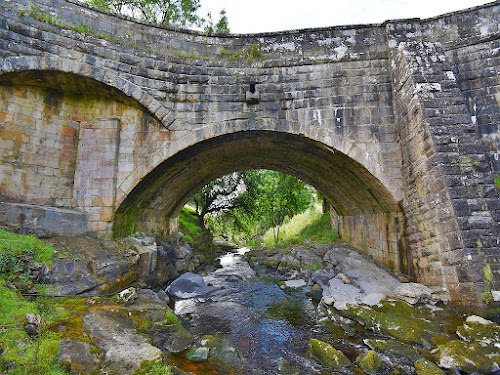These happy little fella's in a barn with a big bowl of creamy porridge are the Jultomten (Yule Tomten). A bowl of porridge was left out for them on Christmas eve in thanks for their help during the year. The Tomten of Sweden and the Nisse of Denmark / Norway seem to be relatives of the Hobs of northern England, and probably share a common origin.
The Tomten were originally quite dark and aggressive figures protecting farms and dwellings, but they evolved during the late 1800's into much more jolly fellows delivering presents at Christmas. This transformation continued with one little chap becoming human sized and dressed all in red - the generic image of Santa Claus that we have today, while the original Tomten became Santa's little helpers.
These old Christmas cards by the artist Jenny Nyström capture some of the old Scandinavian Yule tide beliefs.
Wassail to all the good folk out there
Image credits Jenny Nyström http://jennynystromsbilder.kalmarlansmuseum.se/






















